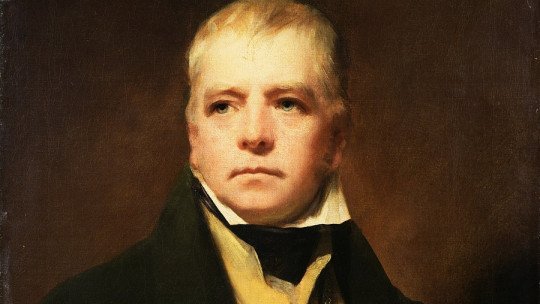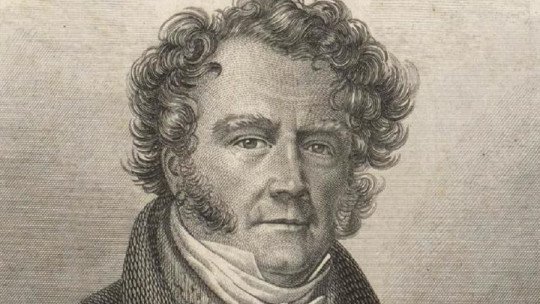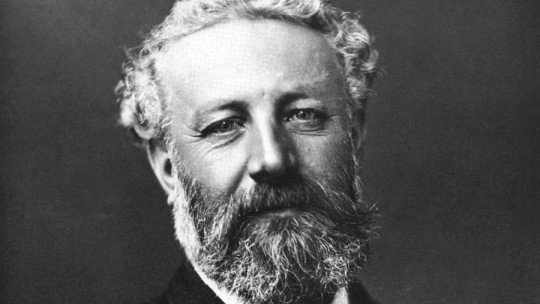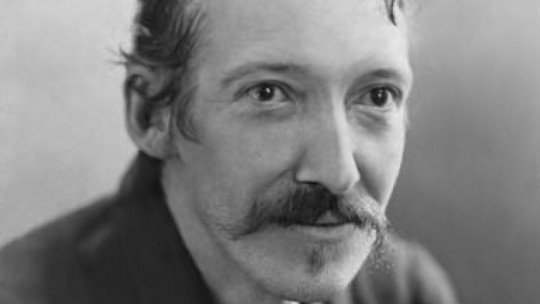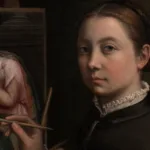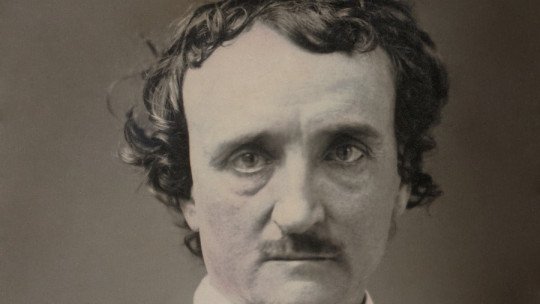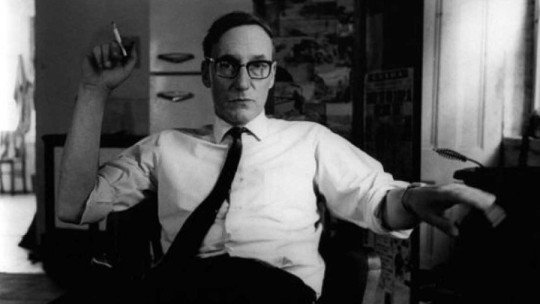On December 4, 1926, the world woke up to strange news. And it is that Agatha Christie, the most famous writer of detective novels who had achieved enormous success with his most recent novel, The murder of Roger Ackroyd, had disappeared. No one knew anything about the whereabouts of Agatha Miller, recently estranged wife of Colonel Archibald Christie.
That year of 1926 was especially hard for the novelist. In addition to the divorce that she believed to be her great love (who, moreover, had left her for a younger woman), her mother, Clarissa Boehmer, with whom Agatha was very close, had died in April, shortly before Archibald announced to her that he had fallen in love with a classmate at his golf club. Everything seemed to indicate, therefore, that the disappearance was voluntary and that it was due to an attack of “madness” on the part of the author.
The writer appeared eleven days later, safe and sound, at a spa, and did not remember anything about the disappearance. Temporary amnesia? Blatant lie to expose Archibald? Or could it be a marketing strategy to give greater interest to her detective stories?
Agatha Christie: brief biography of the famous queen of crime
Unfortunately, we cannot satisfy the curiosity of our readers, since Agatha herself always remained silent on the matter. Not even in her autobiography, published posthumously in 1977, does she reveal any of the mystery. And Agatha Christie Miller was always a very reserved woman, not a fan of gossip or showing her privacy to the general public. His more than notable shyness made it difficult for him to express himself ; For this reason, and as she herself recognized, the profession of writing was an excellent decision for her.
Today we talk about the one known as the queen of crime; the best-selling author of detective novels (and literature in general), almost as translated as Shakespeare and who has managed to sell a whopping 2,000 million copies throughout the world. Before all of you, the incomparable Agatha Christie.
A happy Victorian childhood
Agatha Mary Clarissa Miller was born in Torquay, a small and pretty coastal town in Devonshire, England, in September 1890. Her parents, Frederick Miller and Clarissa Boehmer, belonged to a wealthy middle class who lived on a few incomes, so Agatha’s childhood passed peacefully in the purest Victorian style , in a huge house with a garden of which the writer had fond memories. As he recalls in her autobiography, her childhood was unusually happy.
From a very young age, the future novelist showed a withdrawn and dreamy character , which he poured into his fanciful games, which he shared with numerous imaginary friends. Agatha was the youngest of three siblings; This circumstance, with the addition of the fact that her older siblings, Madge and Monty, did go to school, was able to sow a certain loneliness in the girl’s heart, which was a fertile field to enliven hers already. prolific imagination of hers.
Although she was self-taught (she taught herself to read at the age of four, with the help of her nanny, who read store signs to her), Agatha did not consider herself intelligent. In fact, in her memoirs she makes it clear that the “smart one” of the family was her sister Madge, who always had a sharp and brilliant response to everything. The shy Agatha preferred to spend hours exploring the family home and imagining her adventures, as well as reading her favorite authors: Verne, Dickens and, a little later, Conan Doyle, with whom she would begin to love novels. of detectives.
A random flu
In 1901, his sickly father died of pneumonia, at only 55 years old. For Agatha, the death of the parent categorically means the end of her childhood and her entry into “reality.” The Miller family then faces all the gambling debts that Frederick has left behind, which are not few. They have no other option but to rent their house in Torquay during the summer months, which they will never get rid of. Even though selling it would have been the most sensible thing from an economic perspective, Agatha was always grateful to keep this treasure from her childhood.
In 1905 she was sent to a girls’ boarding school in Paris, where she experienced the delights of the Belle Époque, perfected her French and learned to play the piano quite acceptably. When she returns, Agatha Miller is already a pretty girl of almost twenty years old, affable and somewhat shy, possessing an agile mind that practically no one is able to capture.
In 1907, the young woman made her debut in society in Cairo, where she went accompanied by her mother His stay in Egypt allows him to come into contact, for the first time, with that mysterious East that would have so much importance in his later life. The following winter, back in Torquay, she comes down with the flu which, although not serious, leaves her bedridden for many days. The restless Agatha becomes considerably bored, until Clarissa suggests that she write a story about her. At first, the girl is surprised; The writer in the family has always been Madge, her older sister. At the insistence of her mother, the young woman takes paper and pen and writes what will be her first work: The house of beauty (The House of Beauty), very steeped in the spiritualism of which her mother was a great fan.
Society, marriage and war
The first story of the crime queen He didn’t go anywhere, nor did the later ones he wrote. Not even his first novel, Snow upon the desert (Snow in the Desert), inspired by his memories of Egypt. But Agatha had discovered a real passion in writing, and she continued to send her originals to various publishers, not at all disappointed when her packages were kindly returned.
The early 1910s are the years of innocent flirtations, which end with an engagement to a certain Reggie. But, At the gates of the Great War, Agatha meets the handsome Archibald Christie, fighter pilot of the Royal Flying Corpsand the crush is instantaneous Agatha breaks off her engagement to Reggie and, faced with the enormous setback that the fight entails (Archibald, as a pilot, must participate in the fighting), the couple decides to get married quickly and unpredictably. We are in 1914; Agatha is twenty-four years old and, while her new husband remains in front of her, she joins as a volunteer nurse in a hospital, an experience that will change her life forever.
Agatha Christie is born
Working in the hospital laboratory helps Agatha learn about different drugs and poisons. The future writer soon understands that the line that separates life and death depends on the dose administered, and from this experience the idea of her first detective novel arises: The Mysterious Affair at Styles (The Mysterious Case of Styles), published in 1920 and which represents, in addition to an ingenious puzzle never seen before, the first appearance of what would later be its star character: the Belgian detective Hercule Poirot.
In the early 1920s Agatha’s life seemed to reach the zenith of happiness. She had had a daughter with Archie, little Rosalind (born in 1919), and had embarked with her husband on a long journey that took her to travel half the world, even becoming one of the first Europeans to surf. In 1924 her second detective novel appeared, The Man in the Brown Suit (The Man in the Brown Suit), and Agatha Christie’s name started to become really popular.
That’s when tragedy looms over his life. We have already mentioned how his mother died in April 1926 and how, a little later, Archie asked her for a divorce, since he had fallen in love with another woman. The writer’s world collapses. For eleven days her whereabouts remain unknown, and the most bizarre theories about her circulate in the newspapers; Archibald is even said to have murdered her… Finally, Agatha is found in a spa, supposedly amnesiac. A curious fact: in the hotel registry, she has registered as Mrs. Neele, the surname of her husband’s lover…
Again, East. Again, love
In 1928, Agatha is in the middle of divorce proceedings. However, Due to the enormous popularity of his last name, he decides to keep the Christie after his name even after remarrying archaeologist Max Mallowan, a discreet archaeologist more than ten years younger than her and who will undoubtedly be the great love of her life.
In the autumn of 1928, to escape her pain, the intrepid writer embarked alone on the Orient Express , the mythical train that would later be the setting for one of his most popular novels, Murder on the Orient Express. The Middle East fascinates him so much that he decides to return the following year. And it is then, at the beginning of 1929, when he meets Max Mallowan, a twenty-five-year-old young man who participates as an archaeologist in the excavations of Ur, in Iraq. Both connect quickly, as they are united by common interests; Agatha is truly fascinated by this disappeared world that is beginning to emerge from beneath the earth, and Max is happy to guide her.
But what she can’t assume is that Max is falling in love with her. When, already in England, the archaeologist asks her to marry him, the writer is truly amazed. But the chemistry between them is such that Agatha accepts her proposal. And how different this shy young man is from the passionate and vehement Archie…! Max’s calm and calm is exactly what Agatha needs at that moment. Tranquility, peace… and archaeological adventures.
Between antiques and novels
The marriage proved to be a success. The couple remained together until Agatha’s death in January 1976. Archaeological trips were a great source of inspiration for the writer ; Death on the Nile (Death on the Nile), Appointment with Death (Appointment with death) and, especially, Murder in Mesopotamia (Murder in Mesopotamia) are directly inspired by Max’s frequent expeditions, in which Agatha always participated with great enthusiasm.
The already famous Poirot was soon followed by other characters such as Miss Marple, the kind and intelligent old woman who stars in memorable titles such as 4.50 from Paddington (The 4.50 train) or Murder at the Vicarage (Death in the vicarage). Each and every one of her novels is a true prodigy of ingenuity and imagination, which demonstrates Agatha’s enormous talent when it comes to constructing complex and, at the same time, credible plots.
But Agatha Christie is not just a detective novel writer. He wrote numerous plays (yes, also with a detective theme), like The Mousetrapwhich has the honor of being the only play that has been performed without interruption since its premiere in 1952. On the other hand, and under the pseudonym Mary Westmacott (probably, so as not to tarnish her fame as a queen of crime) she published several romantic novels , of which she was especially proud.
Curtain (Curtain), with a more than appropriate title, was his last work. In 1976 the crime queen, the restless woman who had become a true symbol of the detective novel. She had given the public one novel a year, in which she never diminished her ability to surprise and marvel the reader.



